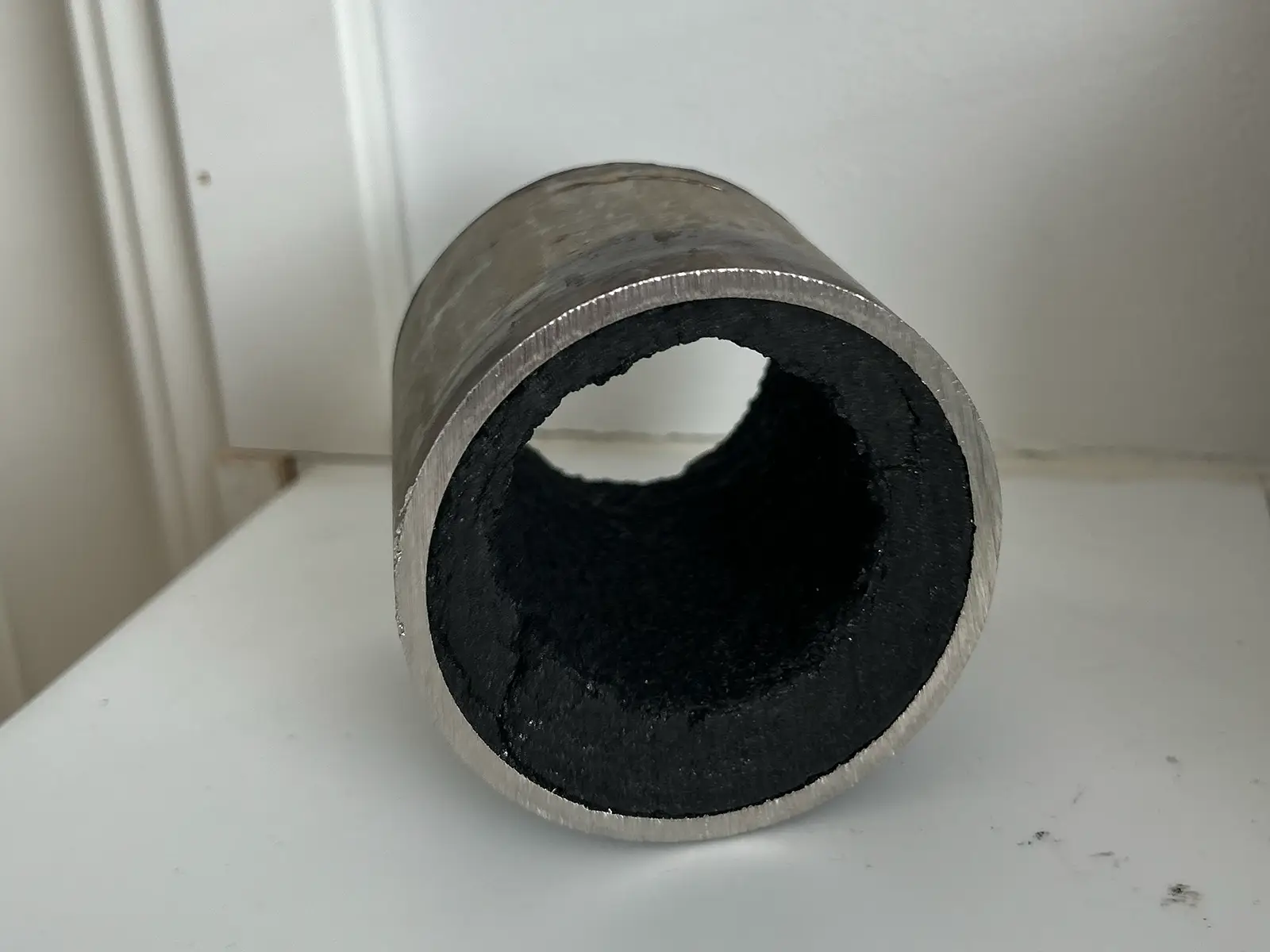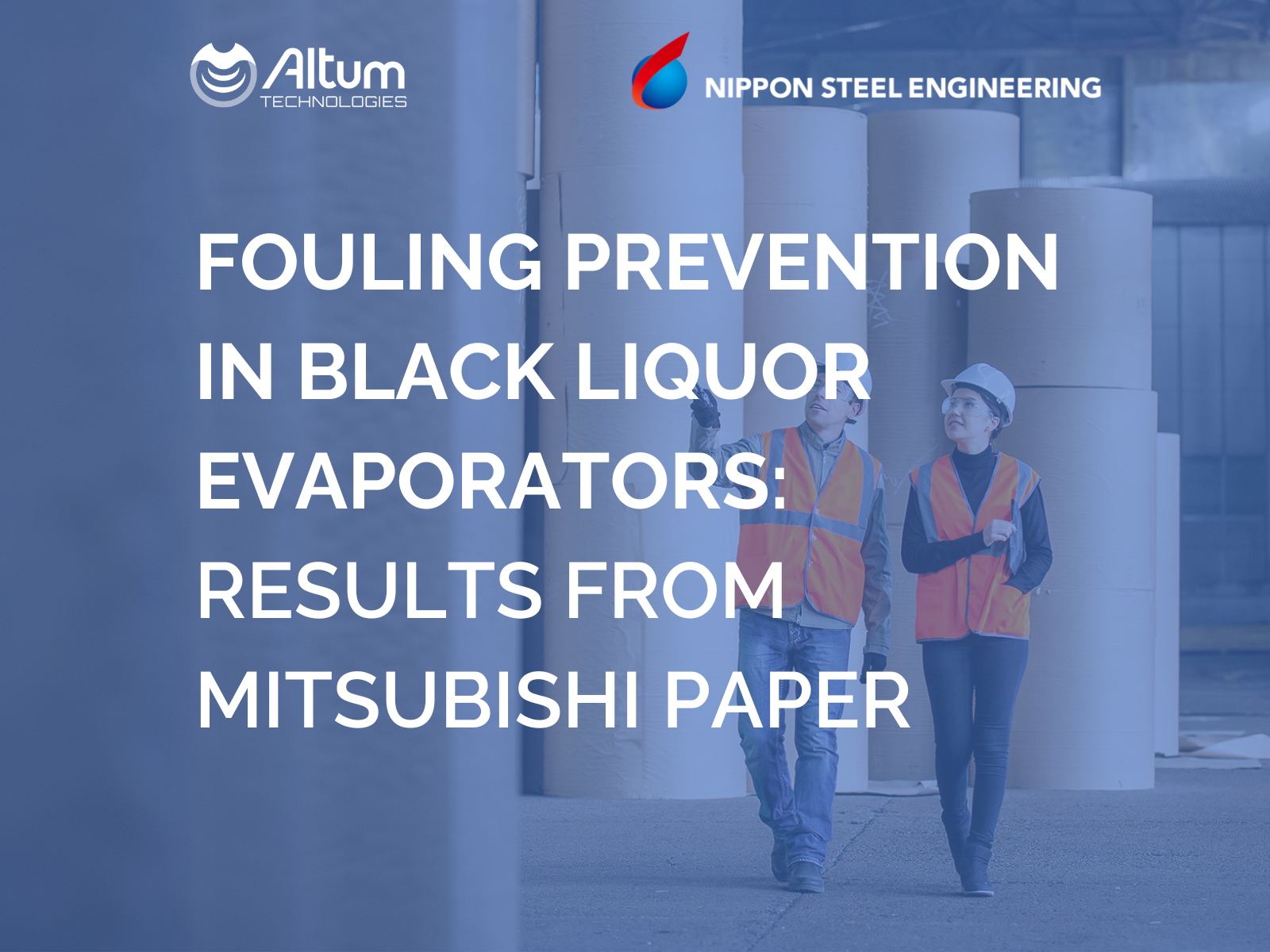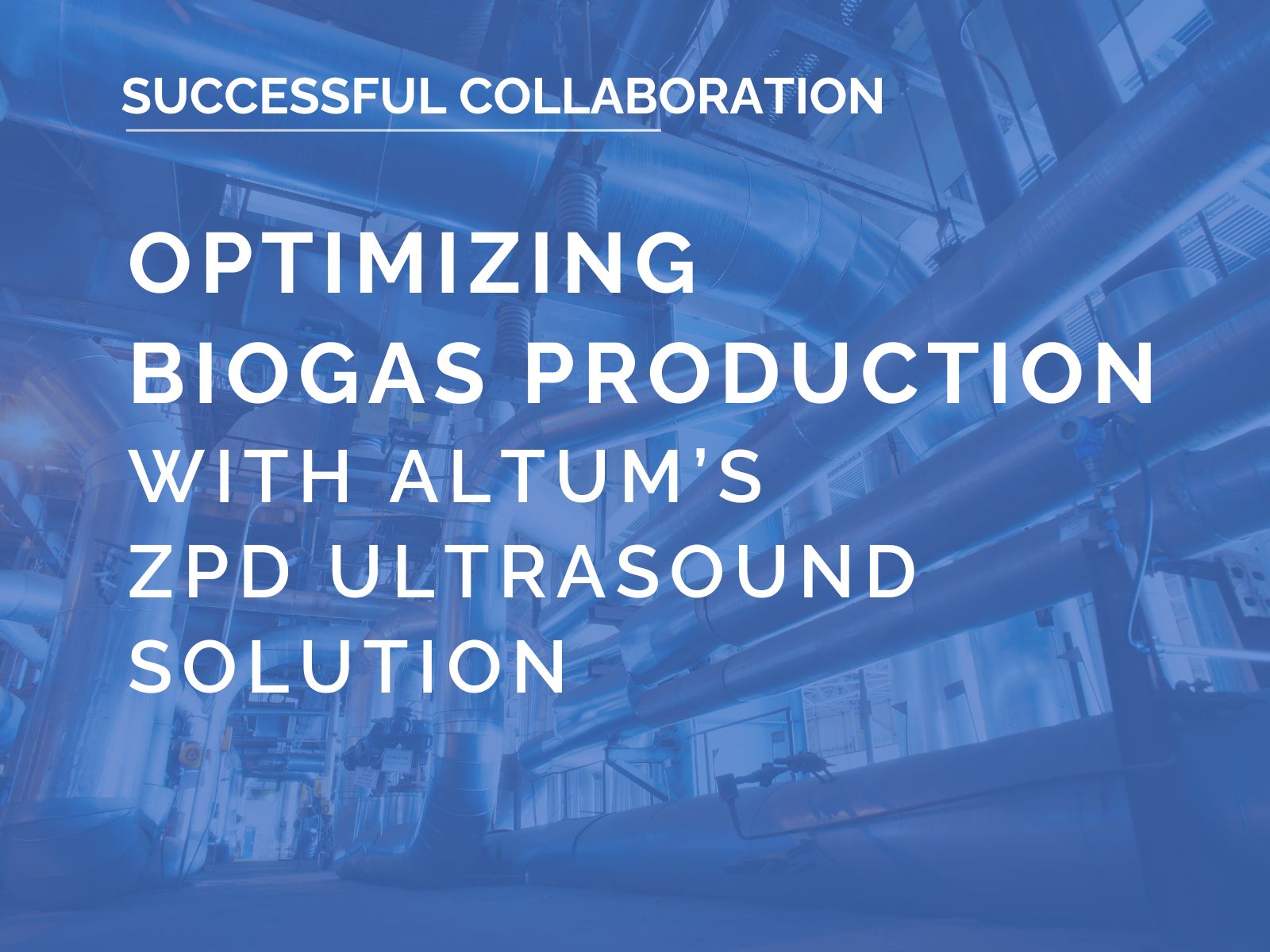Industrial fouling is one of the most persistent challenges facing process industries worldwide. From reduced efficiency to costly downtime, fouling affects equipment performance across countless applications. At Altum Technologies, we have extensive experience in removing and preventing a wide range of fouling types in industrial operations.
In this comprehensive guide, we’ll explore the meaning of fouling in engineering contexts, examine different types of foulants, and discuss how advanced ultrasonic solutions can effectively address these challenging issues.
What is Fouling? Understanding the Basics
Fouling refers to the unwanted accumulation of materials on surfaces, particularly in industrial equipment and systems. In industrial engineering, fouling means any process where deposits form on heat transfer surfaces, pipe walls, membranes, or other critical components, leading to reduced performance and increased operational costs.
When we ask “what is fouling?” the answer involves understanding how various substances, called foulants, attach to and build up on equipment surfaces. These foulants can include biological matter, mineral deposits, corrosion products, and other materials that interfere with normal operations. Water fouling, for instance, is particularly common in cooling systems and heat exchangers where dissolved minerals and biological organisms create problematic deposits.
The economic impact of fouling is substantial, with industries spending billions annually on cleaning, maintenance, and energy losses caused by fouling-related efficiency reductions. Understanding fouling mechanisms is crucial for developing effective prevention and mitigation strategies.
Membrane Fouling: A Critical Challenge in Filtration Systems
Membrane fouling represents one of the most significant operational challenges in water treatment, desalination, and various industrial separation processes. This type of fouling happens when tiny particles, dirt, bacteria, or dissolved materials build up on or inside the filter membranes. This buildup gradually clogs the filters, making them less effective at letting clean water through while blocking contaminants.
In membrane systems, fouling can manifest in several ways: surface fouling where particles accumulate on the membrane surface, pore blocking where particles lodge within membrane pores, and cake formation where a layer of rejected materials builds up. Each type requires different approaches for prevention and cleaning.
Membrane fouling not only reduces system efficiency but also increases energy consumption, shortens membrane lifespan, and raises operational costs. Advanced technologies like Altum’s ZPD (Zero Process Downtime) ultrasound solution offer promising approaches to mitigate membrane fouling by using ultrasound’s properties to prevent particle adhesion.
Five Common Types of Industrial Fouling
Many processes and types of equipment struggle with fouling issues caused by various substances, each with unique qualities. Let’s examine five prevalent types of fouling that affect industrial operations and how advanced solutions can address them.
Carbonate Fouling: The Scale Formation Challenge
Different carbonates, such as potassium, sodium, and calcium, play a significant role in scaling issues within process industries. You might already be very familiar with carbonate buildup, as it is very common in households. Lime buildup is an ordinary, annoying problem in many households – and an even bigger issue within process industries.
The cause for calcium carbonate buildup is “inverse solubility”: as temperatures rise, calcium carbonate’s solubility decreases, leading to the formation of insoluble crystals. This can be seen in practise as the white buildup on our coffee makers and showerheads, and as buildup on industrial equipment.
Similar processes apply to other carbonates as well. Evaporation caused by higher temperatures increases the concentration of solvents containing carbonates. As concentration increases due to rising temperature, crystals form and scaling becomes more likely. When these crystals attach to heated surfaces, they obstruct heat transfer, reduce equipment efficiency, and increase maintenance requirements.
Calcium carbonate-based fouling is a common issue in multiple industries and processes, and Altum’s high-power ZPD ultrasound solution for industrial descaling removes and prevents it in an energy efficient way to ensure production and cost efficiency in addition to increasing operation uptime. Altum’s solution works by controlling the crystallization effect to prevent scale from adhering to surfaces.
Sulfate Fouling: Crystal Formation in Critical Systems
Crystals formed by sulfates like calcium, nickel, or lithium sulfate as part of different processes, can easily gather in the wrong places and clog vital pumps and pipes, thus disturbing or even stopping whole processes altogether.
One example of how Altum’s solution can be utilized to minimize issues with sulfate fouling is its use in a crystallizer. In crystallizers, Altum’s solution works by sonicating the location prone to fouling with ultrasound. Altum’s solution affects scaling locally by preventing it with microscopic vibrations at the inner surface of the equipment to detach the foulant. With Altum’s solution, this vibration is precise and software-guided to ensure the best possible results.
With our high-power ZPD ultrasound solution, we have achieved great results in solving fouling issues related to the nickel sulfate crystallization process to enhance production output and increase production days in a year. By removing and preventing sulfate-related fouling issues and restoring optimal performance with ultrasound, we can help you achieve seamless, stable and predictable operations and extended equipment lifespans.
Biofouling: Understanding Biological Fouling Processes
Biofouling represents one of the most complex and challenging types of fouling encountered in industrial settings. This biological fouling process involves the colonization of surfaces by living organisms and their byproducts, such as bacteria, algae, fungi and barnacles.
A key component of biofouling is biofilm formation, which is the development of slimy layers of microorganisms that can wreak havoc on process industry systems. Examples of biofilm include films of water microorganisms and cellulose-based films born from cellulose processing. These biofilms lead to contamination, reduced efficiency, and increased maintenance needs.
The biofouling process typically begins with the formation of a conditioning film, a thin layer of organic molecules that provides a foundation for microbial attachment. Once established, these initial colonizers create biofilms that can trap additional organisms and particles, leading to increasingly complex fouling layers.
Biofouling is particularly problematic in processes where seawater or other natural water resources are employed for cooling purposes in industrial equipment. For example, the combination of organic matter from pulp and paper processes and microorganisms present in seawater (such as algae, fungi, and even shells) creates optimal conditions for biofilm formation. As seawater flows through equipment, microorganisms settle on surfaces, eventually forming an insulation layer on inner surfaces.
Biofilms and other biofouling deposits can have varied structures, compositions, and thicknesses across different equipment areas, disturbing efficient cooling and affecting overall equipment performance while raising operational costs. They can also cause obstructions, leading to reduced flow rates in cooling systems and accelerated equipment corrosion.
It’s important to recognize that biofouling management requires specialized approaches depending on the specific industrial application. Marine environments, cooling water systems, and food processing applications each present unique challenges where biological growth can compromise both system performance and product quality.
Altum’s ZPD technology prevents biofouling across multiple industries and equipment types by implementing ultrasonic waves in cooling systems to effectively prevent and disrupt biological growth. Our technology disrupts buildup with precise, software-guided microscopic vibrations to ensure clean equipment and prevent the establishment of conditioning films that lead to more severe biofouling issues.
Oxide Fouling: Corrosion-Related Deposits
Oxides are formed when other elements, such as iron and magnesium, react with oxygen. Over time, oxide fouling can lead to decreased efficiency, disturbances in heating and cooling, and even equipment failure.
Iron is one of the most common sources of oxide formation and is thus a common cause of fouling. Rust, a familiar problem when dealing with iron or steel, is a specific type of iron oxide that occurs when iron reacts with oxygen in the catalytic presence of water. Because of the way rust forms, these iron oxides are often released into water within heated pipelines, especially as pressure increases. Subsequently, they can adhere to various surfaces within the system. It’s worth noting that the smaller the pipes, the quicker iron oxide buildup can lead to clogging.
With Altum’s high-power ZPD solution, we have gained great results in preventing iron oxide fouling, leading to lower pressure in pipes, substantial decrease in maintenance needs and increased efficiency of the process. Oxide fouling prevention and removal is done by increasing particle movement near surfaces. The ultrasound vibrates the structures, increasing particle movement and thus preventing the foulant particles from attaching. The same applies for oxides that form in the process, as the vibration detaches them before any substantial growth. This way of fouling mitigation resembles how particles move on a Chladni Plate, but instead of nice patterns the particles can be removed entirely.
By effectively removing and preventing oxide deposits and restoring optimal functionality, we help you unlock the full potential of your process.
Struvite Fouling: Phosphate Mineral Challenges
Phosphate minerals are a large and diverse group, but only a few are somewhat common. Here we will concentrate on one common phosphate mineral, struvite. Struvite, or magnesium ammonium phosphate, is found in crystal form and is white to yellowish or brownish white in color. It forms in alkaline conditions when its constituent ions are present in a 1:1:1 ratio of magnesium, ammonium, and phosphate.
Struvite poses a significant challenge in wastewater and sewage treatment as well as biogas production due to the anaerobic conditions used in these processes, which release ammonium and phosphate from waste materials. This struvite can then scale various equipment, such as pipes, pumps, lines, belts, and centrifuges, significantly hindering operation efficiency by causing clogging issues.
Struvite fouling removal can be a challenging task. Traditional methods like using hydro-jetters or grinders often require expensive downtime and extensive manual labor. Fortunately, Altum’s ZPD ultrasound technology offers a non-disruptive solution. Simply attaching the transducers externally enables the treatment of struvite fouling. When removing and preventing struvite fouling, Altum’s solution works by creating microscopic vibrations at the inner surfaces of the equipment, which detach the foulant.
As an industry specific example, we have achieved significant success in eliminating struvite buildup from pipes and pumps within a biogas manufacturing process. Altum’s innovative solution effectively eliminated this scaling, reducing maintenance requirements and increasing process uptime.
The Fouling Factor: Quantifying Performance Impact
The fouling factor is a critical engineering parameter used to quantify the thermal resistance caused by fouling deposits in heat transfer equipment. This dimensionless number represents the additional thermal resistance that fouling creates, which directly impacts heat transfer efficiency and energy consumption.
Understanding fouling factors is essential for proper equipment design, as engineers must account for expected fouling when sizing heat exchangers and other thermal equipment. Fouling factors vary significantly depending on the application, fluid properties, operating conditions, and the type of foulants present.
Regular monitoring of fouling factors helps operators assess cleaning needs, optimize maintenance schedules, and evaluate the effectiveness of fouling prevention technologies. Advanced solutions, such as Altum’s high-power and software-guided ultrasound, can help maintain lower fouling factors by preventing deposit formation and enabling more effective cleaning cycles.
Conclusion: Effective Fouling Management with Advanced Technology
Understanding what fouling is and how different types of foulants affect industrial equipment is crucial for maintaining efficient operations. From water fouling in cooling systems to calcium carbonate fouling in black liquor evaporators, each type of fouling presents unique challenges that require targeted solutions.
Altum Technologies’ ZPD ultrasound technology offers a comprehensive approach to fouling prevention and removal across various industries and applications. By addressing carbonate fouling, sulfate deposits, biofilm formation, oxide buildup, and struvite scaling, our advanced ultrasonic solutions help maintain optimal equipment performance while reducing maintenance costs and extending operational lifespans.
Whether you’re dealing with membrane fouling, calcium carbonate fouling challenges, or need to optimize your equipment performance through lower fouling factors, understanding these fundamental concepts and available solutions is the first step toward more efficient and reliable industrial operations.
Want to learn more about using ultrasound to combat fouling? Contact our experts to learn more about how it could benefit your process.
Don’t forget to follow us on LinkedIn to catch our future insights and news.




